The arising of our Universe: Design or Chance?
By Julie Hannah
How likely is it that our universe is the result of random physical operations? Scientists point out that shaping the universe into its present form required a very precise balance of many finely-tuned physical constants such as these:
- Gravitational attraction—This had to be in perfect balance with the rate of expansion to enable structures to form.
- The ratio of gravitational force to electromagnetic force—A slightly different ratio would have created stars that were either white dwarfs or blue giants, neither of which can support complex life.
- The electrical charge of electrons—If this were even slightly different, stars would not be able to burn hydrogen and helium, or would not explode to distribute heavy elements.
- The strong nuclear force—A slightly weaker force would have prevented the formation of heavy elements, but a slightly stronger force would have converted all hydrogen into other elements, resulting in no water and no fuel for stars to burn.
- Formation of carbon—Stars are only able to produce carbon from helium because the carbon nucleus has very specific values of spin and resonance energy.
- Initial entropy (disorder)—The entropy of our universe continues to increase, but it is still not at its maximum. Its initial value must therefore have been exceptionally small, with an extremely low probability of 1 out of 10^(10^123 ). This ridiculously large number has more zeros than the total number of protons and neutrons in the entire universe!
For carbon-based life such as ours to be possible, approximately twenty-six such physical properties had to have extremely precise and statistically improbable values. In addition, pairs of matter-antimatter particles annihilate each other, and matter only exists because one extra matter particle somehow came to be formed for every billion pairs. Scientists still do not understand how this imbalance could have arisen.
What about the theory of an infinite number of universes?
To avoid the implication of design, some scientists propose that there is an infinite number of universes with different physical laws. In that case, it is to be expected that ours could arise by chance with the specific properties necessary for human life. But there are problems with this theory.
- Paul Davies writes: “It flies in the face of Occam’s razor, by introducing vast (indeed infinite) complexity to explain the regularities of just one universe. I find this ‘blunderbuss’ approach to explain the specialness of our universe scientifically questionable” (Mind of God, 218–19). (According to the principle of Occam’s Razor, the most likely explanation should have the least number of assumptions and conditions.)
- The multiverse theory cannot be scientifically proven because it does not provide testable predictions. In the opinion of physicist Peter Woit, the theory, therefore, does not lie within the domain of science: “Maybe we really live in a ‘multiverse’ of different possible universes . . . [But] this way of thinking about physics does not seem to lead to any falsifiable predictions, and so is one that physicists have traditionally considered to be unscientific” (Not Even Wrong, xi).
- Cosmologist George Ellis, co-author with Stephen Hawking, is critical of the theory. He argues that universes which actually exist, rather than merely being theoretically possible, would still require specific laws and would probably share a common causal connection. (See “Multiverses and Physical Cosmology.”)
- Any inflationary universe must have a beginning in time, which would still need an explanation. (See Borde and Vilenkin, “Eternal Inflation,” 1.)
- There are serious difficulties with trying to apply the mathematical concept of infinity to a physical situation. As mathematician David Hilbert pointed out, “The infinite is nowhere to be found in reality” (“On the Infinite,” 151). George Ellis and others argue that an infinite collection of universes is highly problematic and does not solve the problem of origins. He and his co-researchers ask: “Can there really be an infinite set of really existing universes? We suggest that, on the basis of well-known philosophical arguments, the answer is no. The common perception that this is possible arises from not taking seriously enough the difficulties associated with this profoundly difficult concept. . . Many universes in the ensemble may themselves have infinite spatial extent and contain an infinite amount of matter, with the paradoxical conclusions that entails . . . The phrase ‘everything that can exist, exists’ implies such an infinitude, but glosses over all the profound difficulties implied.” As Ellis points out, “Existence of the hypothesized ensemble remains a matter of faith rather than proof. Furthermore, in the end, it simply represents a regress of causation. Ultimate questions remain” (“Multiverses and Physical Cosmology,” 921; 927–28; 935).
In general, there is a problem with the popular belief that infinity renders anything possible. For example, monkeys typing for an infinite length of time are supposed to eventually type out any given text, but if there are 50 keys, the probability of producing just one given five-letter word is

This is a tremendously low probability, and it decreases exponentially when letters are added. A computer program that simulated random typing once produced nineteen consecutive letters and characters that appear in a line of a Shakespearean play, but this result took 42,162,500,000 billion years to achieve! (See Wershler-Henry’s History of Typewriting.) According to scientists Kittel and Kroemer, the probability of randomly typing out Hamlet is, therefore, zero in any operational sense (Thermal Physics, 53).
Against this background, what is the probability that all the universe’s required physical constants arose by chance? The improbability of this fine-tuning has led some scientists to argue that random operations are not sufficient. Below are some examples.
Paul Davies: There is “powerful evidence that there is something going on behind it all…It seems as though somebody has fine-tuned nature’s numbers to make the Universe…The impression of design is overwhelming” (Cosmic Blueprint, 203). “I belong to the group of scientists who do not subscribe to a conventional religion but nevertheless deny that the universe is a purposeless accident” (Mind of God, 16).
Physicist Frank Wilczek: “It is logically possible that parameters determined uniquely by abstract theoretical principles just happen to exhibit all the apparent fine-tunings required to produce, by a lucky coincidence, a Universe containing complex condensed structures. But that, I think, really strains credulity” (“Absolute Units,” 10–11).
Fred Hoyle, atheist astrophysicist: “A common-sense interpretation of the facts suggests that a superintellect has monkeyed with physics, as well as with chemistry and biology and that there are no blind forces worth speaking about in nature” (“The Universe,” 12).
Freeman Dyson, theoretical physicist: “The more I examine the Universe and study the details of its architecture, the more evidence I find that the Universe in some sense must have known we were coming” (Disturbing the Universe, 250).
Stephen Hawking (in his forties): “The initial state of the Universe must have been very carefully chosen indeed if the hot big bang model was correct right back to the beginning of time. It would be very difficult to explain why the Universe should have begun in just this way, except as the act of a God who intended to create beings like us” (Brief History of Time, 133–34).
Allan Sandage, a prominent cosmologist who converted to Christianity: “The world is too complicated in all its parts and interconnections to be due to chance alone” (“A Scientist Reflects on Religious Belief,” 57).
Even an atheist professor of astronomy, George Greenstein, makes this admission about the fine-tuning of the universe: “The more I read the more I became convinced that such ‘coincidences’ could hardly have happened by chance”; “As we survey all the evidence, the thought insistently arises that some supernatural agency—or, rather, Agency—must be involved.” However, he passionately rejects this implication: “As this conviction grew, something else grew as well . . . It was intense revulsion, and at times it was almost physical in nature”; “I will have nothing to do with it. My conviction is that the world obeys laws, the laws of nature and that nothing can ever occur that stands outside those laws” (Symbiotic Universe, 27, 24, 87). Greenstein speaks for many people who are offended by suggestions of any influence beyond blind physical laws, but evidence from cosmology and physics strongly suggests that the existence of our universe cannot be explained as the result of purely random events.
It is therefore not intellectually weak, scientifically ignorant, or logically unsound to consider the possibility of a directing Intelligence at work behind the physical laws of the universe.
References
Borde, Arvind, and Alexander Vilenkin. “Eternal inflation and the initial singularity.” Physics Review Letters 72 (1994) 3305–309. https://arxiv.org/pdf/gr-qc/9312022.pdf
Davies, Paul. The Cosmic Blueprint: New Discoveries in Nature’s Creative Ability To Order the Universe. New York: Simon and Schuster, 1988.
———. The Mind of God: Science and the Search for Ultimate Meaning. London: Penguin, 1992.
Dyson, Freeman J. Disturbing the Universe. New York: Harper and Row, 1979.
Ellis, George F. R., U. Kirchner, W. R. Stoeger. “Multiverses and Physical Cosmology.” Monthly Notices of the Royal Astronomical Society 347 (2004) 921–36. https://doi.org/10.1111/j.1365-2966.2004.07261.x
Greenstein, George. The Symbiotic Universe: Life and Mind in the Cosmos. New York: William Morrow, 1988.
Hawking, Stephen W. A Brief History of Time: From the Big Bang to Black Holes. New York: Bantam, 1989.
Hilbert, David. “On the Infinite.” Translated by Ema Putnam, and Gerald J. Massey. 1925. In Philosophy of Mathematics: Selected Readings, edited by Paul Benacerraf and Hilary Putnam, 134–51. Englewood Cliffs, NJ: Prentice-Hall, 1964.
Hoyle, Fred. “The Universe: Past and Present Reflections.” Engineering and Science 45 (1981) 8–12.
Sandage, Allan. “A scientist reflects on religious belief.” Truth: An Interdisciplinary Journal of Christian Thought 1 (1985) 56–57. http://www.leaderu.com/truth/1truth15.html
Wilczek, Frank. “On Absolute Units, III: Absolutely Not?” Physics Today 59 (2006) 11. http://ctpweb.lns.mit.edu/physics_today/phystoday/Abs_limits400.pdf
Woit, Peter. Not Even Wrong: The Failure of String Theory and the Search for Unity in Physical Law. New York: Basic, 2006.
Recommended resources related to the topic:
Science Doesn’t Say Anything, Scientists Do by Dr. Frank Turek (DVD, Mp3, and Mp4)
Oh, Why Didn’t I Say That? Does Science Disprove God? by Dr. Frank Turek (DVD and Mp4)
Stealing From God by Dr. Frank Turek (Book)
Macro Evolution? I Don’t Have Enough Faith to be a Darwinist (DVD Set), (MP3 Set) and (mp4 Download Set) by Dr. Frank Turek
Answering Stephen Hawking & Other Atheists MP3 and DVD by Dr. Frank Turek
Julie Hannah is a Mathematics lecturer (recently retired) with a passionate interest in the human condition. As an agnostic, she spent over a decade researching science and the scriptures of various faiths, and the cumulative evidence finally brought her to Christ. She has published her findings in “A Skeptic’s Investigation into Jesus” (Wipf and Stock).

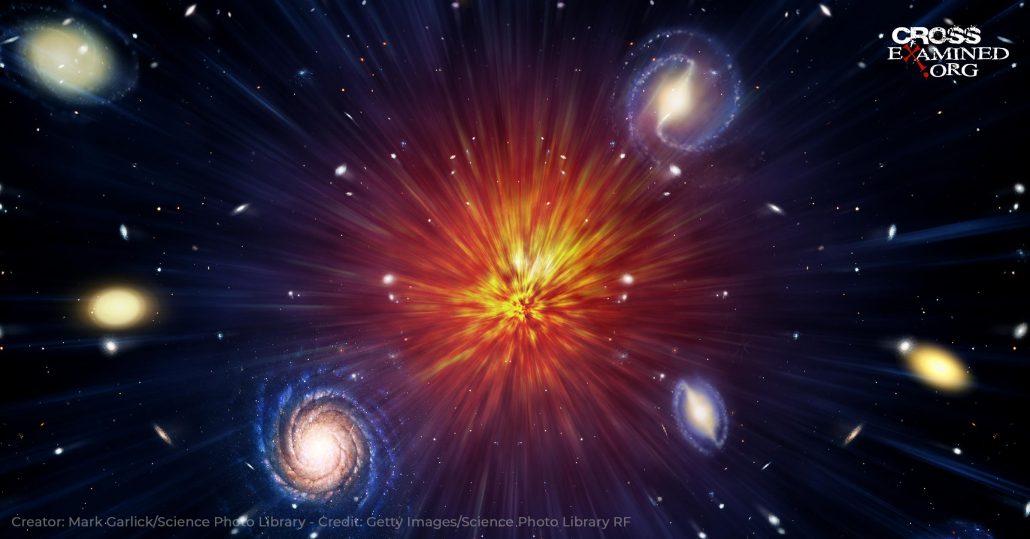

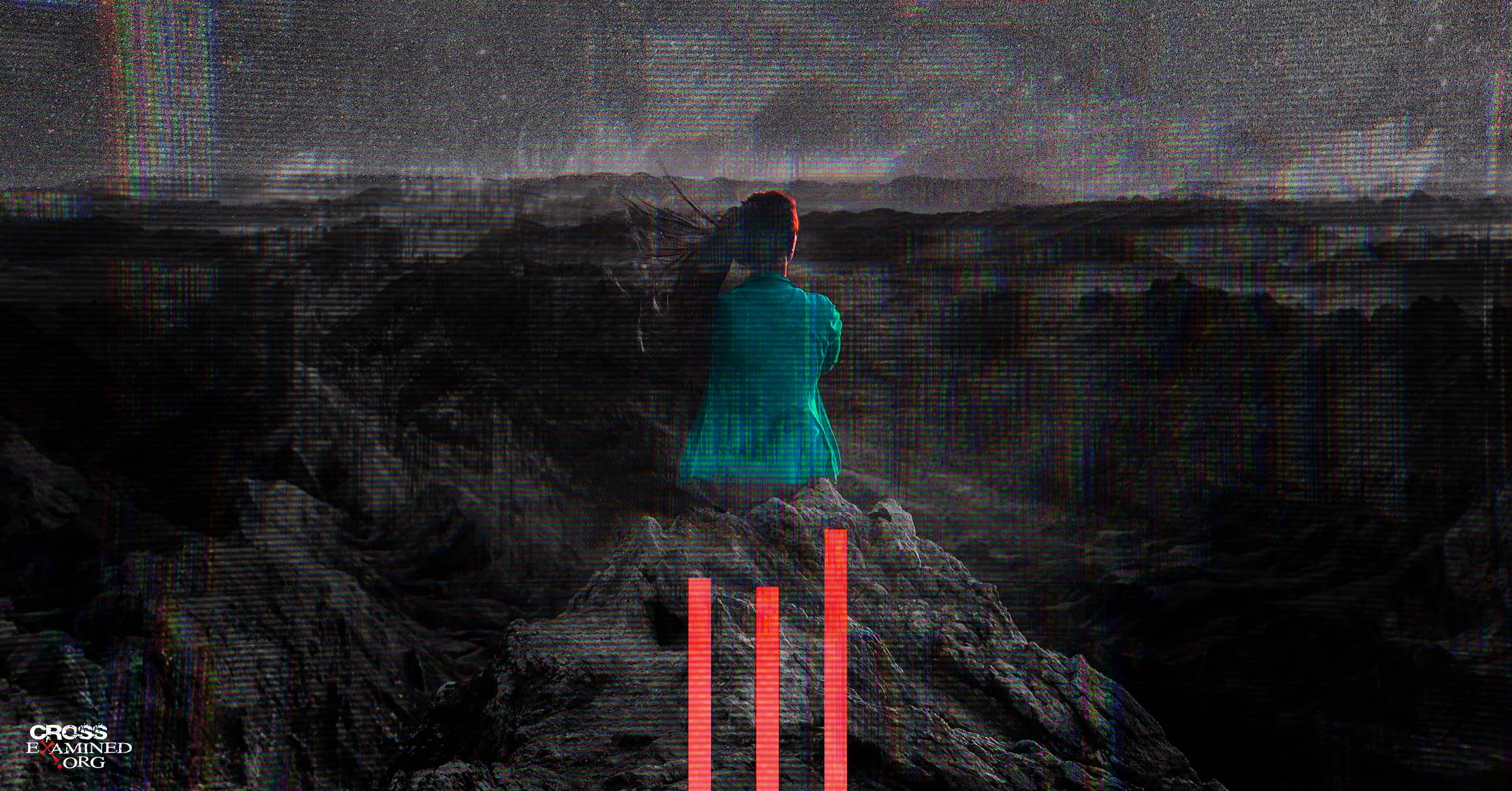

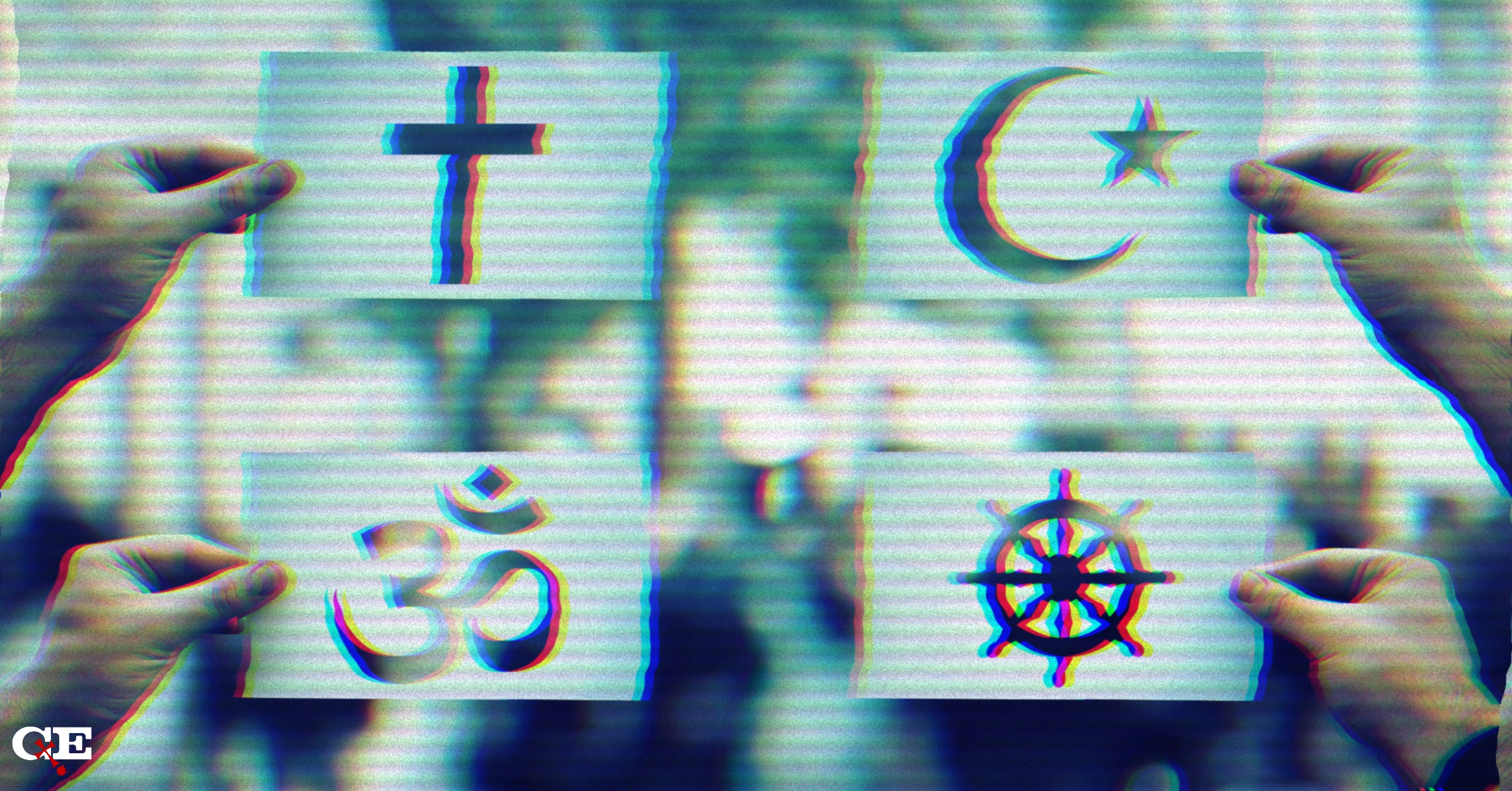
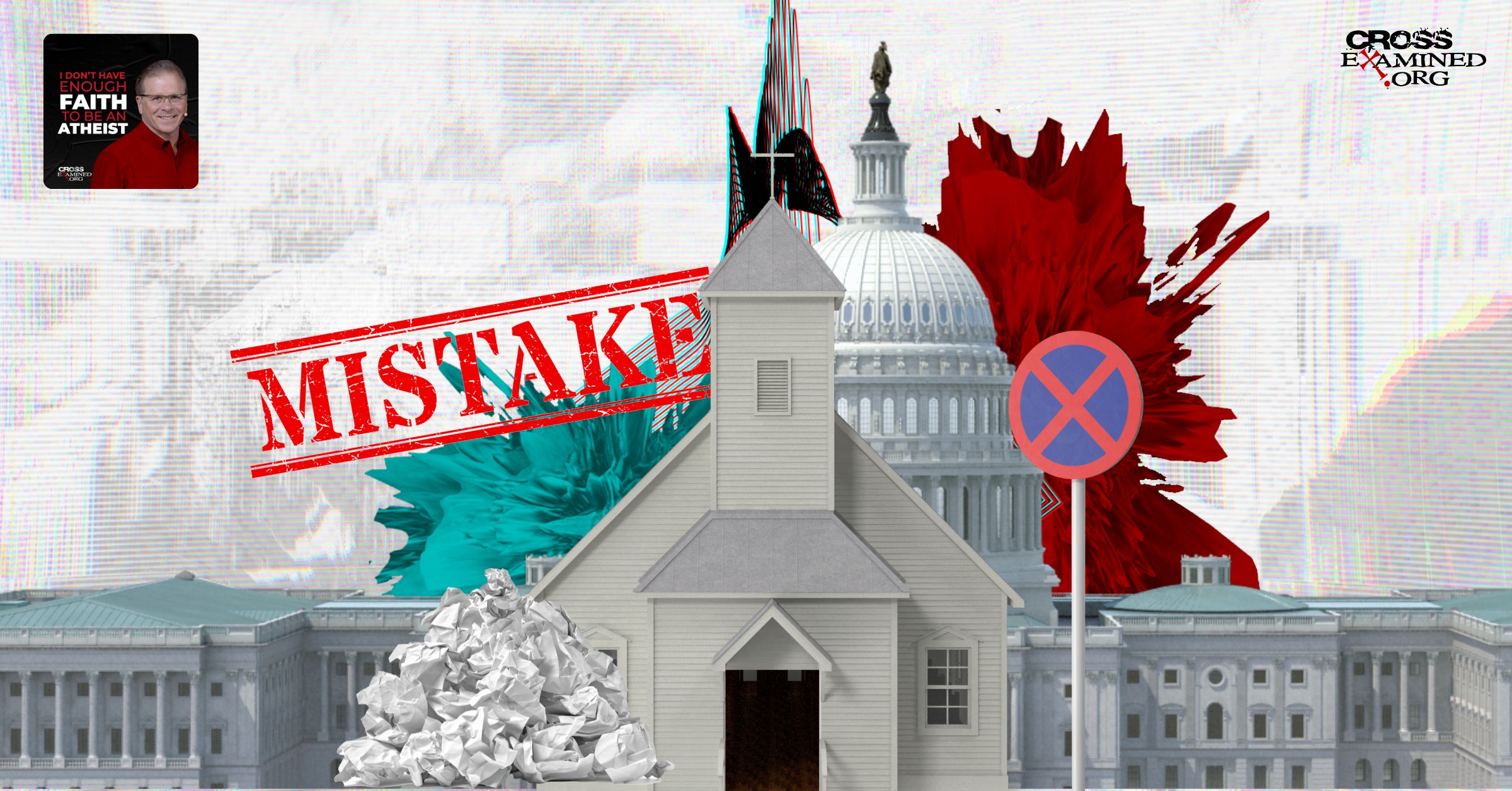




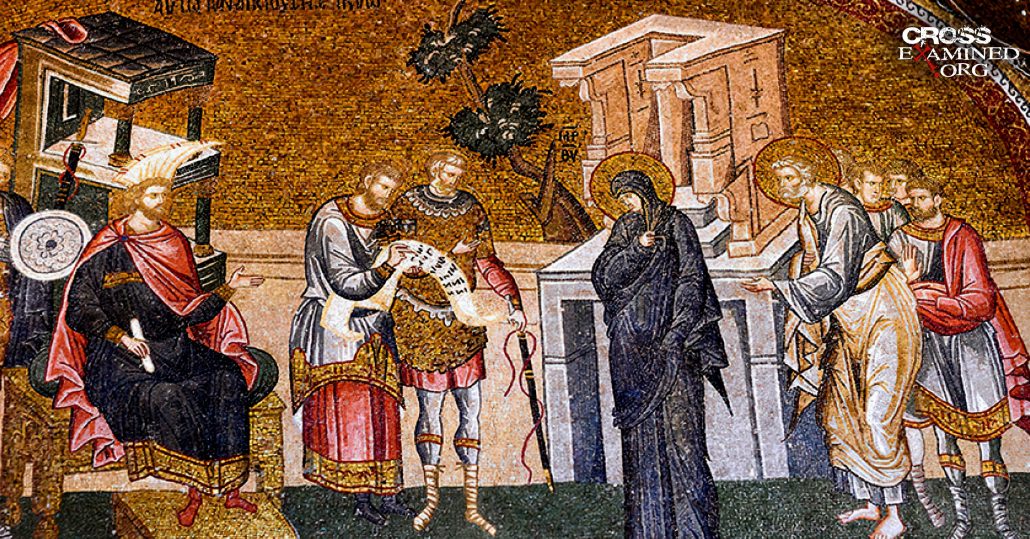
Leave a Reply
Want to join the discussion?Feel free to contribute!